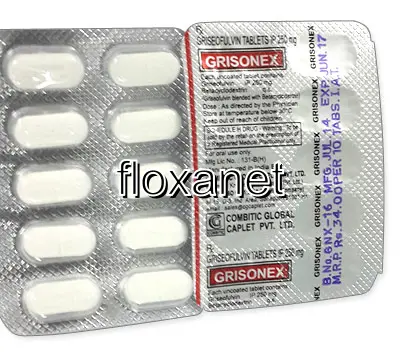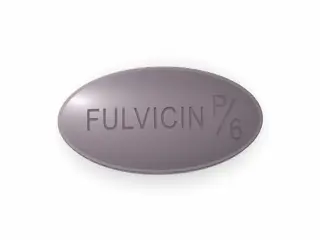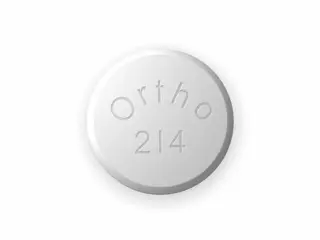Buy Griseofulvin Online in Ireland
| Package | Dosage | Price | Price per Dose | |
|---|---|---|---|---|
| Dosage: 250mg | ||||
| 360 pill | 250mg | €289.31 | €0.80 | |
| 180 pill | 250mg | €153.51 | €0.85 | |
| 120 pill | 250mg | €108.63 | €0.91 | |
| 90 pill | 250mg | €89.74 | €0.99 | |
| 60 pill | 250mg | €68.48 | €1.15 | |
| 30 pill | 250mg | €38.96 | €1.29 | |

Griseofulvin Description
Overview of Griseofulvin
Griseofulvin is an antifungal medication commonly prescribed to treat a variety of fungal infections affecting the skin, hair, and nails. It is derived from a type of mold and has been used in medicine for many years. The primary function of Griseofulvin is to inhibit the growth and reproduction of dermatophyte fungi, which are responsible for infections like athlete's foot, ringworm, and onychomycosis. Its effectiveness depends on proper dosing and adherence to the treatment regimen.
How Griseofulvin Works
This medication works by disrupting the microtubule formation within fungal cells, which is essential for cell division. By interfering with cell division, Griseofulvin prevents the fungi from spreading and helps the body's immune system to clear the infection. It is particularly effective against dermatophyte fungi, which are the leading cause of common skin and nail infections. Griseofulvin is typically absorbed through the gastrointestinal tract, and its absorption can be enhanced when taken with fatty foods.
Usage and Dosage
The dosage of Griseofulvin varies depending on the type and severity of the infection, as well as patient age and weight. It is usually administered orally in the form of tablets or granules. Treatment courses can last from a few weeks to several months. For nail infections, longer treatment durations are often necessary to ensure complete eradication of the fungus. Doctors usually recommend taking the medication at consistent times each day and following their instructions carefully to maximize effectiveness.
Possible Side Effects
While Griseofulvin is generally well-tolerated, some users may experience side effects. Common adverse reactions include headaches, nausea, dizziness, and gastrointestinal discomfort. Less frequently, some individuals might develop allergic reactions or skin rashes. There is also a potential for liver enzyme changes, so regular monitoring might be necessary during prolonged use. Patients with existing liver conditions or those taking other medications should inform their healthcare provider before starting treatment with Griseofulvin.
Precautions and Interactions
Patients taking Griseofulvin should avoid alcohol consumption during treatment, as it may increase the risk of liver toxicity. It is also important to inform healthcare providers about any other medications being taken, as Griseofulvin can interact with drugs such as anticoagulants, certain antidepressants, and other antifungals. Pregnant and breastfeeding women should discuss the risks and benefits with their doctor, as the safety of Griseofulvin during pregnancy has not been fully established.
Benefits of Using Griseofulvin
One of the main advantages of Griseofulvin is its proven efficacy in treating stubborn fungal infections, especially those involving the nails which are difficult to treat with topical therapies alone. It offers a systemic approach, making it suitable for more severe or widespread infections. When used correctly, it can lead to complete resolution of fungal growth and prevent recurrences if proper hygiene and preventive measures are followed.
Conclusion
Choosing to use Griseofulvin can bring significant relief from uncomfortable and persistent fungal infections. However, like all medications, it requires careful use and medical supervision. Understanding its mechanism of action, potential side effects, and interactions helps ensure safe and effective treatment. If you suspect a fungal infection or have been prescribed Griseofulvin, follow your healthcare provider’s instructions closely to achieve the best possible outcome.



